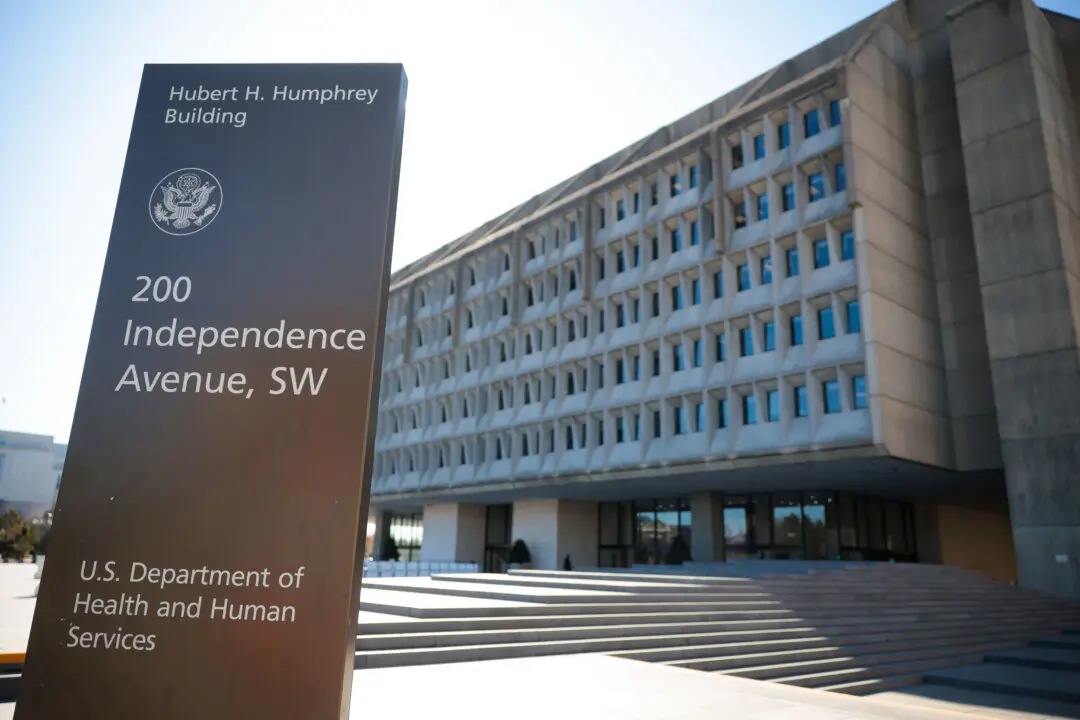Mount St. Helens and Mount Rainier, both in Washington state, have both been classified by a federal agency as a “very high threat” for an eruption.
The updated classification was announced in a new volcanic threat assessment report (pdf) by the United States Geological Survey (USGS), the first update to the list of the nation’s most dangerous volcanoes since 2005.




